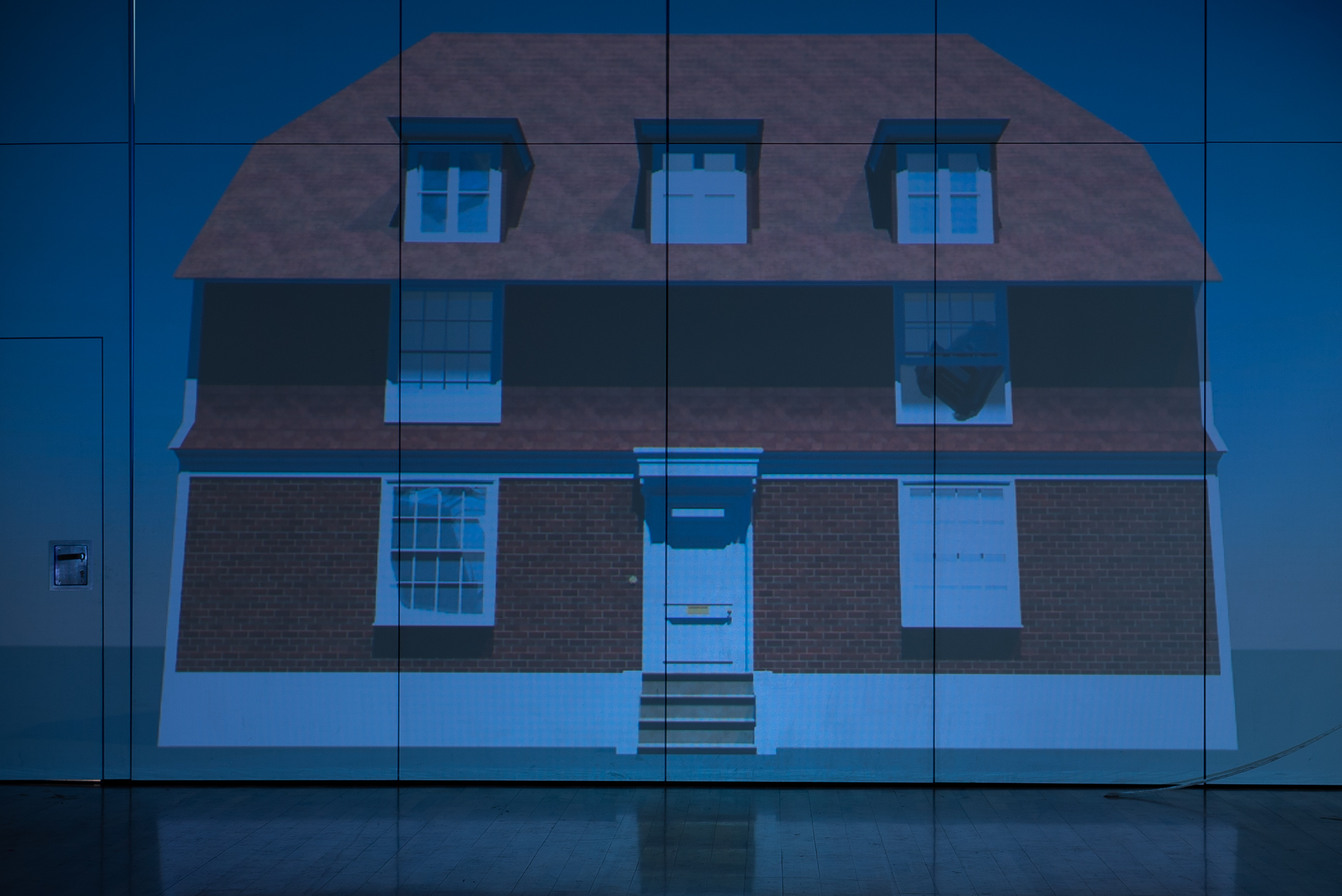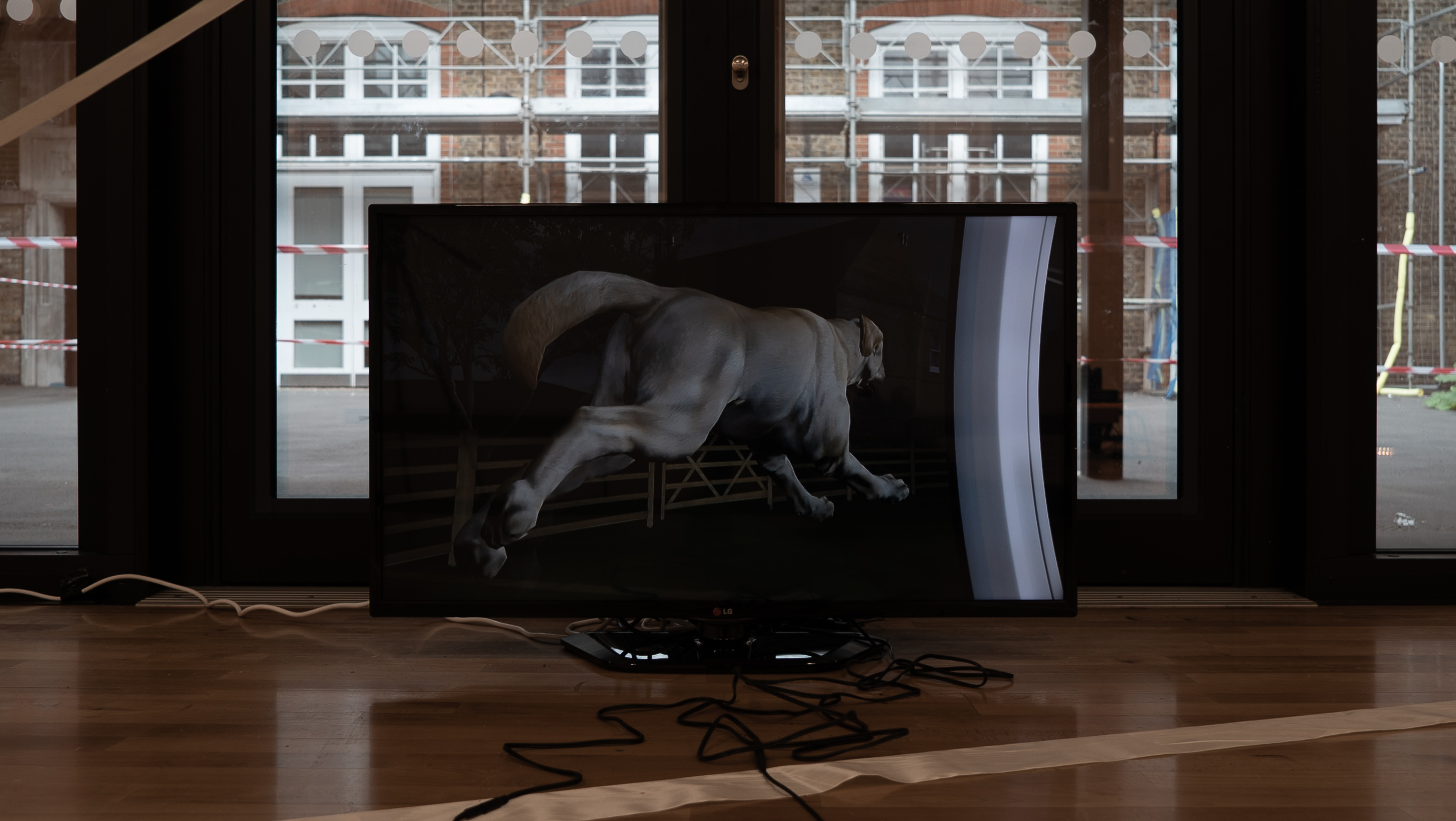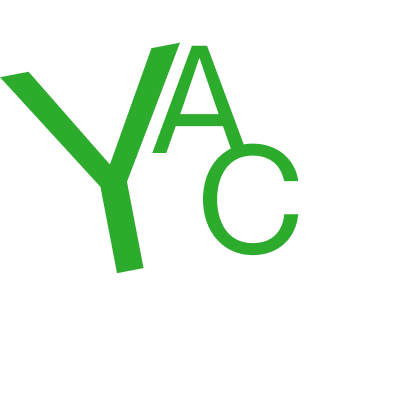Jaf Yusuf
Interview by Jack Lewdjaw
-
Published January 2019
-
Hi Jaf, let’s go back, right to the beginning… Can you tell me about any significant moments or influences that really shaped you as a child/young man and that might have inspired you to become an artist? I’m thinking of a particular childhood experience or an influential parent or adult let’s say...
At around the age of 13 I bought a video camera for my birthday. It was a time when digital was overtaking analogue, the camera used tape and was the cheapest at Currys in Bexhill. Subsequently the footage I filmed was of my cousin’s birthday parties in Enfield, of me and my brother at the skatepark and of me and my grandad walking the dog in Hayling Island. From a point where I didn't know what I was doing, to focusing and refocusing on changes that have happened since. They are like time capsules and over time have grown in value to me.
 For Sewages, Film Still, 2018
For Sewages, Film Still, 2018 It’s funny to think about the things that end up becoming influential in the grand scheme of things; the small nudges. Was it this understanding that led you to want to study art as you finished school?
Those mentioned moments were better nurtured by my English teacher at the time, but art (the subject) always best accommodated me. I had great art teachers all the way through school, it made the route to BA the most obvious one. As an art teacher now myself, I have moments teaching where I remember experiences I had as a student. I teach children who remind me of myself at their age and of the things I made, many of which my mum still has. These experiences in turn influence the choices I make in my work. There’s no better way to understand a subject than going through the process of breaking it down. It’s something I have to do when working with three year olds for example, it helps them and it also helps me. The easiest way for me to think about this question is by answering why I’m an artist, which is to say that all the little choices lead to a big choice.
Knowing your work now it’s clear that during that BA or after you must have transitioned from -you being behind a camera-, to controlling the camera within a computer. When did this happen and why?
After my degree show, I returned to Hastings to spend the summer. Moments after leaving the train station I passed my old college and could hear a very high pitched sound, subsequently passing a few more times to confirm it was not a one off event. Following some research on the internet, I learnt that it was a Mosquito Device which plays a high pitched sound that only young people can hear in order to deter them from hanging around in a particular area.
Feeling unsure of how to react to it, I set about making a film. I began to research everything on a trail that eventually led me to the location of the company that makes the device. The company was registered to a house on a cul de sac in Merthyr Tydfil, Wales. I didn’t have enough money to go that far, living in London on 60 pounds a day as a Teaching Assistant. It was clear I would have to generate everything within my own means (I even tried contacting a YouTuber from the area with no luck.)
Using the internet I took screenshots from Google Street View, layering these images over each other to narrativise the cul de sac. Working within those limitations were the foundations to me working with animation software. By the next work I started to generate the imagery myself, using the internet for reference points only.
Although I can't take credit for it, what’s more important is that the mosquito device is no longer active. Since this work was made, the bike shed was disassembled, the table tennis table was removed and pebbles were scattered to get into the wheels of skateboards. The story continues.
 For Sewages (Film), Installation View at 'For Sewages', Sussex Coast College, Hastings, 2018
For Sewages (Film), Installation View at 'For Sewages', Sussex Coast College, Hastings, 2018 So it wasn’t so much a deep plunge into computer generated imagery, more a move that just made sense to the work and your circumstances. As well as using that Google Street View imagery that you mentioned, you also said you contacted a YouTuber. Have online communities played a role in your work to date?
There’s a YouTuber called DanielFromSL who plays the online multiplayer games Second Life, Day Z, and Garry's Mod. Within the games he sets up situations between himself and other people often causing a nuisance, they appear as something between severe social experiments and a Sacha Baron Cohen sketch. In games power structures are different and a child can have more influence than an adult. Anyone who grew up playing online games understands the type of learning experience it can be. Through the protection of a screen we’ve had universal experiences in the best and worst human behaviour. People will do/say anything to make strategic gains. I played until I lost the interest and sense of purpose in playing them. DanielFromSL messes around with the natural order of gaming behaviour for comic effect. If you did the things he does in real life you would be arrested. It demonstrates how watching something happening in a fictional scenario can allow you to imagine it in a real life scenario. I think these methods can be used for positive effect and they have influenced some of the narratives in my films.
 Pssst We Know You're in There, Installation View at 'Courier Families 2', Charles Dickens Primary School, Southwark, 2018
Pssst We Know You're in There, Installation View at 'Courier Families 2', Charles Dickens Primary School, Southwark, 2018 Most of the works of yours that I am familiar with revolve around some kind of contemporary issue; housing crisis, unemployment, anti-social behaviour. How would you feel about your work being considered as socially engaged? Or maybe some kind of social commentary?
I’ve been drawn to these types of subject because I’ve felt the most urgent need to respond to them. The further I’ve explored, the more I’ve wanted to know. As an example, my most recent research has been into a landfill site that was once located next to my old secondary school. I can only get so far before I can’t find anything more. There are only so many search criterias and mentions of the site. The rest are conversations from memory and so I also benefit greatly from the research of others. I’m interested in all these forms, weaving through articles, websites and government published documents, or taking photos, recording sound and noting down events. What starts to form is a beginning, middle and end. Some things smooth over and others point outwards. Whether a misspelling or a gap in the retelling of an event, eventually what comes out is a narrative.
I prefer the idea of the work being like social commentary comparable to satirical sketches or other creative methods like this. I consider social engagement to be more active, activists are braver. I try to think in the most efficient sense what is it that I can offer?

The Dog Isn't Afraid of Fireworks, Installation View at 'Courier Families 2', Charles Dickens Primary School, Southwark, 2018
Can you tell me about about your latest film work The Dog isn't Afraid of Fireworks, 2018?
This work followed on from two films made prior to this called Sleepless in Sea, 2017 and For Sewages, 2018. The first opens in the scene of a distressed house based on the ending of Mr. & Mrs. Smith (2005). Together with my film you mentioned are a series of 3 short films that animate the eventuality of the main characters, Brad Pitt and Angelina Jolie’s house being torn down to become new flats, moving to a new apartment in Hastings and finally commuting to London.
The final work of the series The Dog isn't Afraid of Fireworks, 2018 was commissioned by the ICA as part of STOP PLAY RECORD. Opening on a train journey arriving and leaving Hastings station, it leads to graffitied text which reads ‘shame on you.’ It is based on what was written and directed at Amber Rudd (local MP.) Before it was later painted over it could be seen on a journey from Hastings to London Bridge. In the film the train wants to get to London faster than a competing high-speed train. Stopping in Tunbridge Wells, where we see a dog in a window, the dog becomes a figure of total immersion and part of a greater contemplation about the labour and speed involved in commuting.
 The Dog Isn't Afraid of Fireworks, Installation View at 'Courier Families 2', Charles Dickens Primary School, Southwark, 2018
The Dog Isn't Afraid of Fireworks, Installation View at 'Courier Families 2', Charles Dickens Primary School, Southwark, 2018 God bless Tunbridge Wells. Exploring these narratives and presenting your research does seem suited to moving image, but your practice also involves sculpture and installation. Is working in different media important to you?
I’m interested in the way that information is presented, whether through an experience or research I’m undertaking. This goes beyond moving image. It’s when I’m exploring these types of means in 3D animation software that I often get ideas for physical works. There’s not such a big gap between the decision to make something into a scene in a film or into an installation. Sometimes the two play off each other. In my show For Sewages, based on the opening scene of the film which depicts an estate agents. I also made the shop front of the estate agents within the exhibition. In the film an estate agent leads you to a laptop depicting the bottom of the ocean. I deliberately used a material known for its waterproof qualities. As well as being used to protect your home from water damage, it is a material that could have survived any part of the film. Appearing to be melting, I wondered what it would mean for it to transform into a liquid itself.
Posters 3 of 30 and Dust Sheet, Installation View at 'Mysterious Haze', Project 78, Saint Leonards-on-sea, 2018
Does this mean you would think of increasingly exploring installation as integral to your moving image work? And have you got any future projects that we should know about?
Perhaps integral is too strong, I’ve always thought of installation in the context of staging a space. I see this in a linear sense as I do the timeline of a film. Whether that’s by considering how to navigate a space, in stages or levels or how you first experience a film, through opaque plastic sheeting as another example. In answer to your question I think I probably will given the opportunity.
I’m going to be part of the first show at Flatland Projects, which is a new space opening in Hastings in January. It will share a space with an underground BMX park that was once the site of a Victorian leisure centre. I’ve been working on a film and accompanying works that consider the space and history between the sea and the Hastings to Bexhill bypass, the bypass which was completed in 2015. Coming to the closing stages of this work now, I’m reminded of how a work can realise itself in completely different ways to how you expect it to. This in combination with the idea that the space is the start of something, it is an unknown. I’m scared and excited all at the same time, so please come and share this experience with me.
Poster 1 of 30, Installation View at 'Mysterious Haze', Project 78, Saint Leonards-on-sea, 2018
Thinking again about the future, I wanted to land on a much broader question and actually to get you to ask a question yourself. I was recently tasked by Artlicks to think about the questions I have about my work, specifically in the context of my role at East Bristol Contemporary (see Artlicks Issue 23), so I wanted to echo this group of questions to you… What question isn't the art world asking? What questions could be refined? What are the questions that you ask yourself as an artist? (feel free to answer 1 or all).
I don’t like any of these questions and this is a type of labour that I’m not interested in. I don’t want to get into a politics of differentiating what I do with what my friends do, of world and art world. I don’t want to feel like I’m distancing myself, in making this a discourse that concerns the nature of itself more importantly than the nature of the entire world it exists in.
In thinking about this I'm always forced to the same place, to the question of why then? Why spend years engaging with art if it’s not that interesting to me (not that different)? The answer for me is that the work itself unlocks something, not the idea of art or of the art world. I work and experience work in the same state of intrigue and engagement that I always have done, I don't think it’s a complicated formula.
Like in 2004, of me, my grandad and my video camera walking the dog.
-
jafyusuf.com
@_jafyusuf
-
Jaf Yusuf is an artist based in London and Hastings. Recent exhibitions and screenings include ‘These Fossils Are Our Fuel’ Flatland Projects, Artists' Film Club: The Dog isn't Afraid of Fireworks + Laindon Institute of Contemporary Arts, Sussex Open 2018 Towner Art Gallery and Courier Families 2 Charles Dickens Primary School.
-
If you like this why not read our interview with Tania Blanco
-
© 2013 - 2018 YAC | Young Artists in Conversation ALL RIGHTS RESERVED
